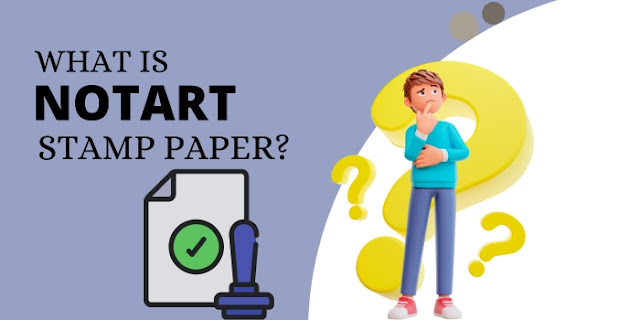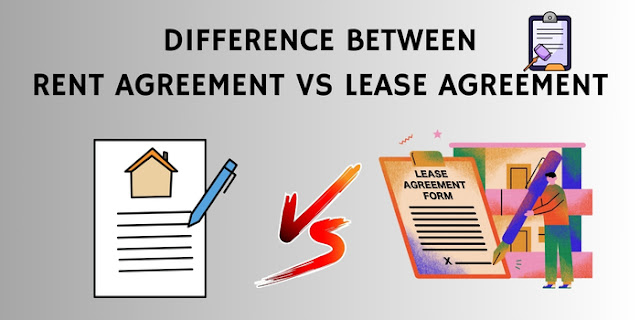How To Draft A Strong Rental Agreement To Protect Your Interests
Renting a property is a common practice in today's housing market. Whether you are a landlord or a tenant, having a strong rental agreement is crucial to protect your interests and ensure a smooth tenancy. A well-drafted rental agreement establishes the rights and responsibilities of both parties and helps avoid potential conflicts or misunderstandings. In this blog post, we will guide you through the process of drafting a rental agreement that safeguards your interests.
Understand The Legal Requirements
Before drafting a rental agreement, it is essential to familiarize yourself with the legal requirements and regulations that govern rental agreements in your jurisdiction. These laws can vary from one location to another, so it's crucial to stay informed and comply with the specific regulations applicable to your area. Research your local landlord-tenant laws or seek legal advice to ensure your rental agreement is legally enforceable.
Clearly Define The Parties Involved
Begin your rental agreement by explicitly identifying the parties involved—the landlord and the tenant. Include their full legal names, addresses, and contact information. This clarification will prevent any confusion or ambiguity regarding the individuals bound by the terms of the agreement.
Outline The Property Details
Provide a comprehensive description of the rental property. Include the complete address, unit number (if applicable), and any specific details that accurately define the property. This section should also specify whether the rental is for residential or commercial purposes.
Specify The Rental Terms And Conditions
The heart of a strong rental agreement lies in outlining the terms and conditions of the tenancy. This section should cover crucial aspects such as:
Lease Term: Clearly state the duration of the lease, whether it is a fixed term (e.g., one year) or a month-to-month arrangement. Specify the start and end dates, renewal options, and any penalties or conditions for early termination.
Rent Payment: Define the amount of rent, the due date, and the preferred payment method. Include late fees or consequences for non-payment to encourage timely rent payments.
Security Deposit: Clearly state the amount of the security deposit and outline the conditions for its refund, deductions, or use in case of damage to the property.
Maintenance Responsibilities: Specify the responsibilities of both the landlord and the tenant regarding property maintenance, repairs, and upkeep. Clarify who is responsible for utility bills, landscaping, and any specific obligations related to the property's condition.
Rules and Restrictions: Clearly communicate any rules or restrictions related to the property, such as smoking policies, pet policies, noise restrictions, or any other regulations deemed necessary.
Include Additional Clauses
Consider including additional clauses that address specific concerns or circumstances. These may include:
Entry and Access: Define the landlord's right to access the property for maintenance, inspections, or emergencies. Specify the required notice period for entry to respect the tenant's privacy rights.
Renewal and Termination: Outline the process for lease renewal or expired, including notice periods for both parties.
Subletting and Assignments: Clarify whether subletting or assigning the lease is permitted and under what conditions.
Dispute Resolution: Include a clause that outlines the preferred method of dispute resolution, such as mediation or arbitration, to avoid lengthy and costly legal proceedings.
Seek Legal Review
Once you have drafted your rental agreement, it is highly recommended to have it reviewed by a legal professional specializing in landlord-tenant law. They can ensure that your agreement complies with local regulations and help identify any potential loopholes or issues that need to be addressed.
Conclusion
A well-drafted rental agreement is a crucial tool for protecting your interests as a landlord or tenant. By understanding the legal requirements, clearly defining the parties involved, outlining the rental terms and conditions, and including additional clauses where necessary, you can create a strong rental agreement that provides clarity and safeguards both parties' rights. Remember to seek legal advice to ensure your rental agreement is legally sound and enforceable. With a robust rental agreement in place, you can establish a transparent and harmonious landlord-tenant relationship, minimizing potential disputes and maximizing peace of mind.
Suggested Blog:
Written by Jenni



